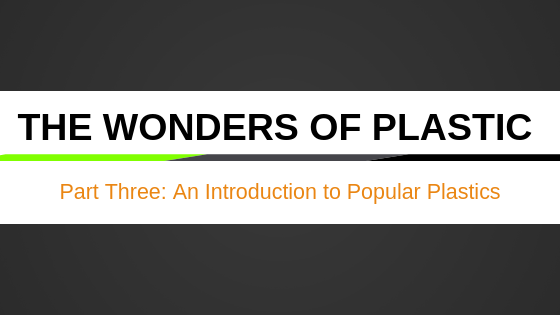Deprecated: Required parameter $useRelative follows optional parameter $isPlain in /home1/fjldkzmy/public_html/ivp/administrator/components/com_easyblog/includes/videos/videos.php on line 250
Deprecated: Required parameter $lib follows optional parameter $source in /home1/fjldkzmy/public_html/ivp/administrator/components/com_easyblog/includes/mediamanager/adapter.php on line 22
Deprecated: Required parameter $manifestFile follows optional parameter $name in /home1/fjldkzmy/public_html/ivp/administrator/components/com_easyblog/includes/form/form.php on line 18
Deprecated: Required parameter $authorId follows optional parameter $categories in /home1/fjldkzmy/public_html/ivp/administrator/components/com_easyblog/includes/category/category.php on line 322
Deprecated: Required parameter $block follows optional parameter $mode in /home1/fjldkzmy/public_html/ivp/administrator/components/com_easyblog/includes/blocks/blocks.php on line 238
Deprecated: Required parameter $blockHtml follows optional parameter $mode in /home1/fjldkzmy/public_html/ivp/administrator/components/com_easyblog/includes/blocks/blocks.php on line 238
Deprecated: Required parameter $block follows optional parameter $mode in /home1/fjldkzmy/public_html/ivp/administrator/components/com_easyblog/includes/blocks/blocks.php on line 408
Deprecated: Required parameter $blockHtml follows optional parameter $mode in /home1/fjldkzmy/public_html/ivp/administrator/components/com_easyblog/includes/blocks/blocks.php on line 408
The Wonders of Plastic: Part Three - An Introduction to Popular Plastics
There are countless kinds of plastic that have been invented. We've listed a few that you might have heard of as well as some of their properties and uses.
Acrylonitrile Butadiene Styrene (ABS): There is a chance you have ABS in your home. LEGO bricks are made from ABS. ABS is durable and lightweight and frequently used for 3D printing. It performs well in both high and low temperatures and has good impact resistance. You will find ABS in some kitchen appliances, computer keyboards, and toys.
Nylon: Nylon is a group of plastics that is used in fibers and fabrics as well as other molded parts. It was originally released as synthetic silk hosiery and was also used by the U.S. military in parachute production. Nylon is considered one of the more versatile plastics, as it's a strong material that is resistant to both heat and cold. Nylon fibers have been used in rope, seatbelts and ballistic cloth.
Polylactic Acid (PLA): PLA is a bioplastic that comes from corn starch or sugar cane. It is biodegradable and frequently used in biodegradable medical devices.
Polycarbonate (PC): PC is a transparent, heat-resistant plastic that is an electrical insulator. CDs and DVDs are produced from Polycarbonate.
Polyester: Polyester is a fiber often used in clothing and other fabrics. It is known for being wrinkle-resistant and durable.
Polyethylene (PE): There are several types of polyethylene. Low-Density Polyethylene (LDPE) is primarily used in plastic food packaging. High-Density Polyethylene (HDPE) can be used in construction applications and even synthetic ice for ice rinks.
Polyethylene terephthalate (PET): PET is primarily what makes up plastic bottles. It is mostly used for the food and beverage industry because it is shatterproof, lightweight, and hygienic. Although it is advised not to reuse a bottle made from PET, they can be recycled. Recycled polyethylene terephthalate (RPET) can be turned into other products such as carpet fibers and upholstery.
Polypropylene (PP): Polypropylene is durable and can be used in waterproof applications like outdoor products. It can be used in packaging and fibers in fabric and automotive parts. PP is resistant to electricity and is considered a thermoplastic material.
Polystyrene (PS): Polystyrene has many uses. It can be used as packing material (foam) as well as disposable plastic cups and silverware.
Polyvinyl Chloride (PVC): PVC is widely used in the construction industry as pipes. It is resistant to water, heat, and chemicals. Since it does not rust or rot it is primarily used in water and sewer systems. PVC can also be used as an electrical insulator in wires. It is an extremely versatile plastic; however, it is toxic when melted or burned, as it emits hydrogen chloride gas.
Next week we will look at some unique properties of specialty plastics.
IVP Plastics was founded over 60 years ago and has experience in processing more than 140 custom plastic materials, specializing in reinforced and high-temperature materials.
By accepting you will be accessing a service provided by a third-party external to https://ivp.mpiinc.com/

